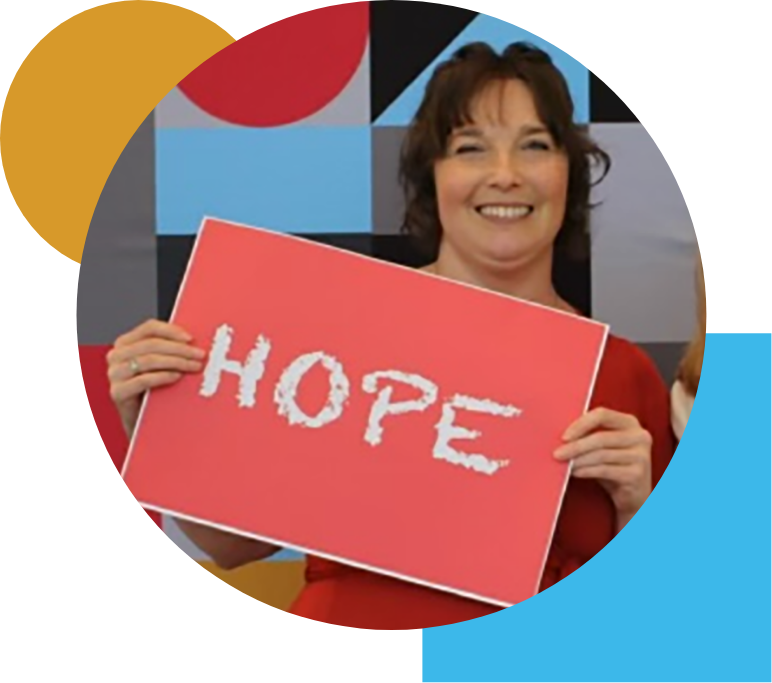No matter where you are in your GVHD journey
WE HAVE RESOURCES THAT CAN HELPWE HAVE RESOURCESTHAT CAN HELP
Learn about treatment options, better understand your condition, and advocate for yourself and others
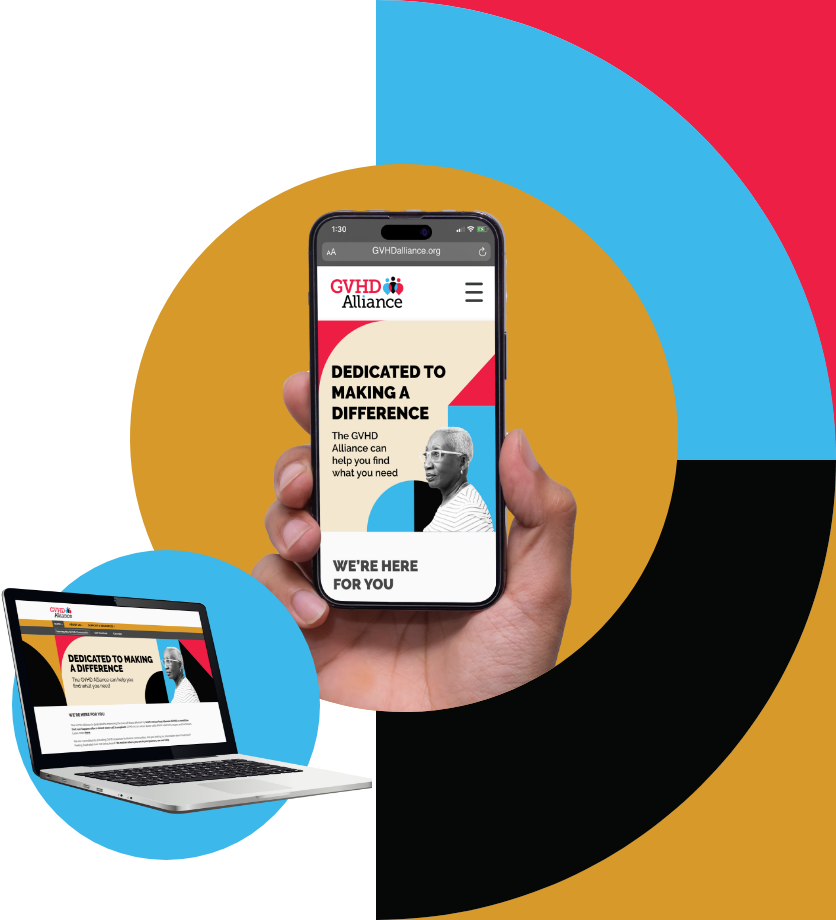
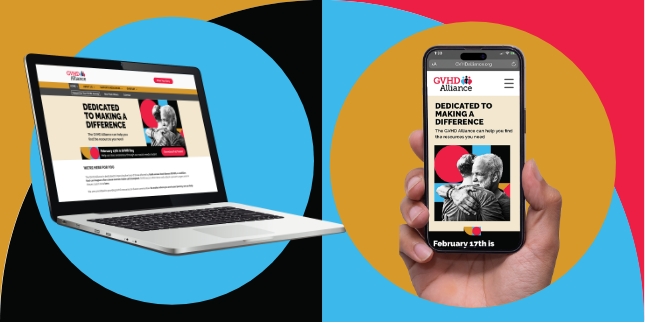
GET STARTED HERE
Select any tab to see more.
Monitoring GVHD Symptoms



Learning About GVHD Treatment 



Finding a Doctor for GVHD



Exploring Clinical Studies



EMOTIONAL HEALTH AND SUPPORT GROUPS





Understand GVHD, treatment options, managing GVHD with your care team, and ways to take care of yourself day-to-day.








Understand GVHD, treatment options, managing GVHD with your care team, and ways to take care of yourself day-to-day.



LIVING WITH GVHD
- Physical functioning
- Fatigue
- General health
- Social functioning
- Psychological distress (depression, anxiety)
LEARN ABOUT GVHD
Thousands of people are diagnosed with
GVHD each year in the United States alone.
But the number of lives impacted is immeasurable.
Choose an option below to learn more about the types and symptoms of GVHD.
FIND RESOURCES FOR YOU
RESOURCES FOR GVHD ADVOCATES
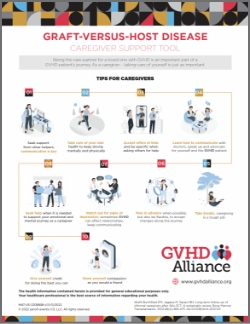 GVHD Caregiver Support Tool
GVHD Caregiver Support Tool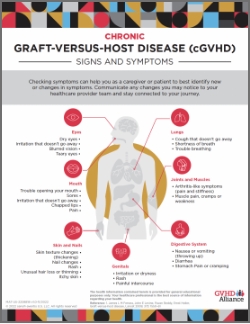 GVHD Signs and Symptoms
GVHD Signs and Symptoms GVHD Day 100 Milestone
GVHD Day 100 Milestone GVHD Fact Sheet
GVHD Fact Sheet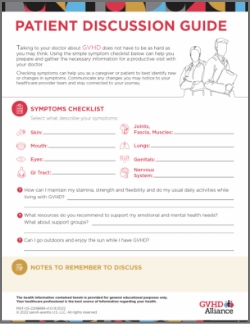 GVHD Patient Discussion Guide
GVHD Patient Discussion Guide GVHD Day 100 Milestone
GVHD Day 100 Milestone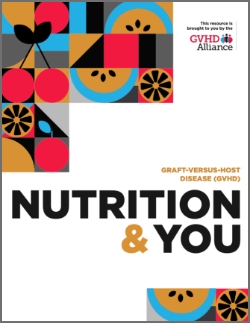 GVHD Nutrition & You
GVHD Nutrition & YouSeptember turns RED each year for Blood Cancer Awareness Month.
Help raise awareness of blood cancer, its signs and symptoms, and its impact by using our sample messages and posts on your social media accounts. GVHD Caregiver Support Tool
GVHD Caregiver Support Tool GVHD Signs and Symptoms
GVHD Signs and Symptoms GVHD Day 100 Milestone
GVHD Day 100 Milestone GVHD Fact Sheet
GVHD Fact Sheet GVHD Patient Discussion Guide
GVHD Patient Discussion Guide GVHD Day 100 Milestone
GVHD Day 100 Milestone GVHD Nutrition & You
GVHD Nutrition & YouSeptember turns RED each year for Blood Cancer Awareness Month.
Help raise awareness of blood cancer, its signs and symptoms, and its impact by using our sample messages and posts on your social media accounts.WE FOCUS ON THE PARTS OF GVHD WE DON’T OFTEN TALK ABOUT
You’ll hear from people with GVHD and caregivers alike.
MARROW MASTERS PODCAST
Season 16 of the Marrow Masters podcast focuses on the best tips for dealing with cGVHD. Top-notch health care professionals will share their compassion, best advice, insight, and caregiving tips regarding cGVHD. This season will offer education, tried and true solutions, stories of hope, and more.
LISTEN NOW
ADVOCATE SPOTLIGHT
John York is a well-known actor who plays Mac Scorpio on General Hospital. In December 2022, John was diagnosed with myelodysplastic syndrome, or MDS, and smoldering multiple myeloma—2 blood and bone marrow disorders. In December 2023, he received a blood stem cell transplant. John is now back at work and is a great advocate of NMDP and the GVHD Alliance.
Watch John's Story on YouTube Connect With John on X to Read His GVHD Messages of Hope
Connect With John on X to Read His GVHD Messages of Hope

